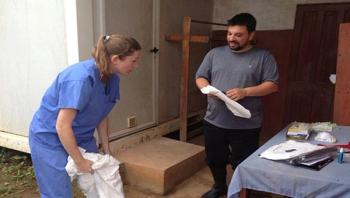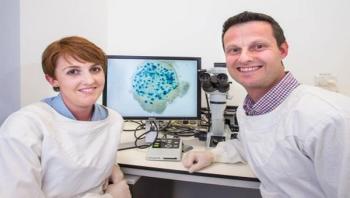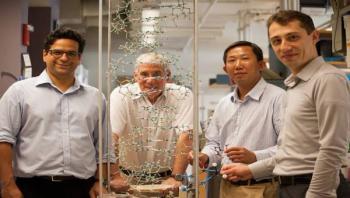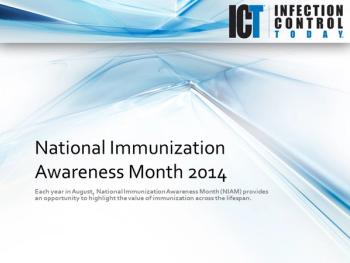
“It was great that Mauricio and I arrived the same day; we were able to share first, very shocking, impressions and to go through the process of adapting to difficult working conditions together,” says Dr. Catherine Houlihan, an infectious disease doctor from the United Kingdom deployed through the World Health Organization (WHO) to help respond to the Ebola outbreak in Sierra Leone.




